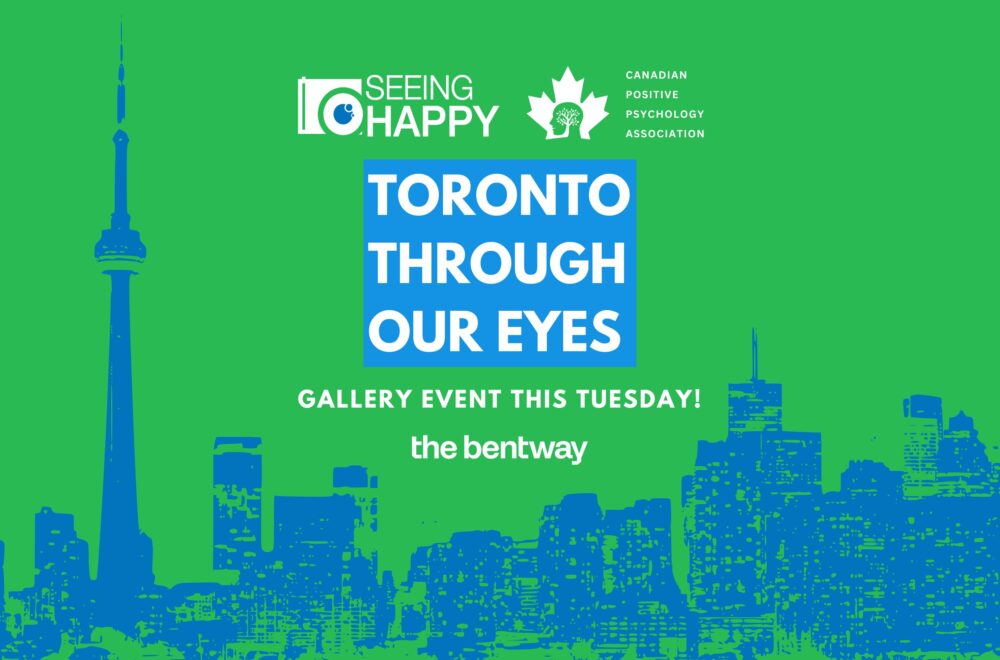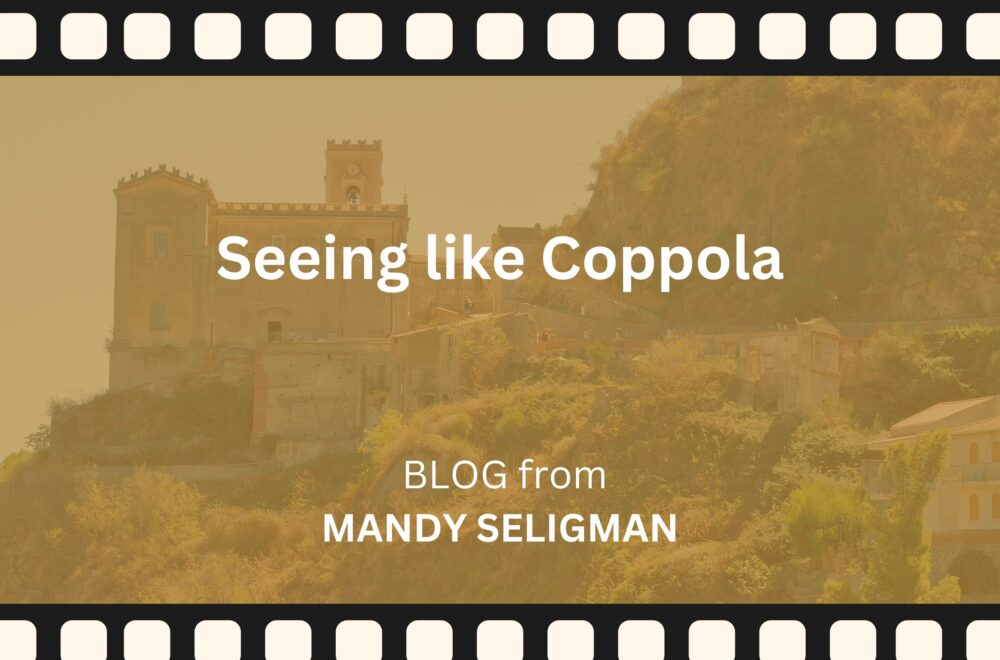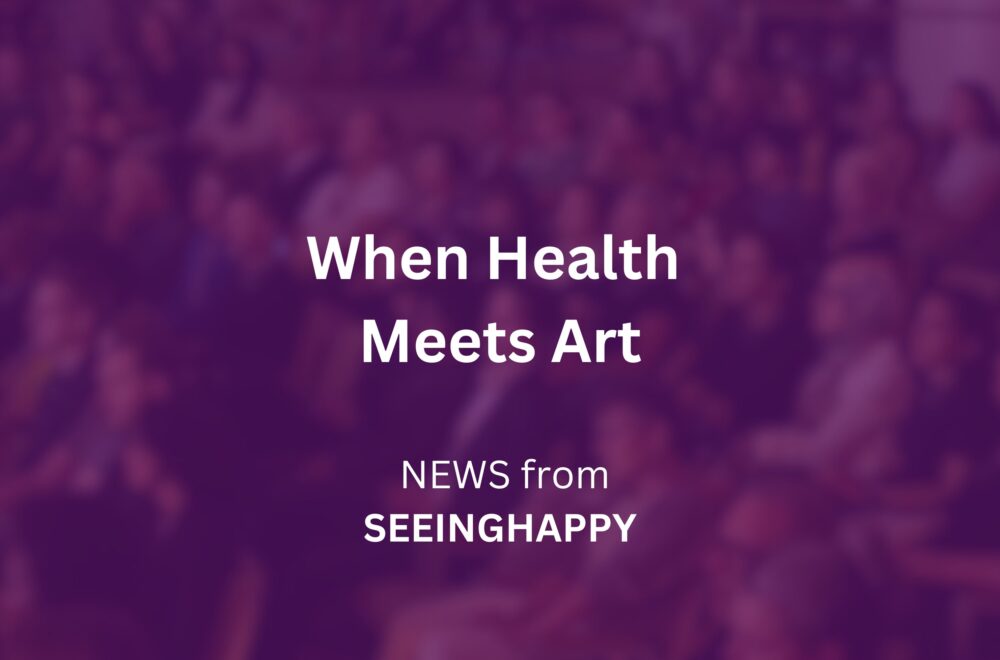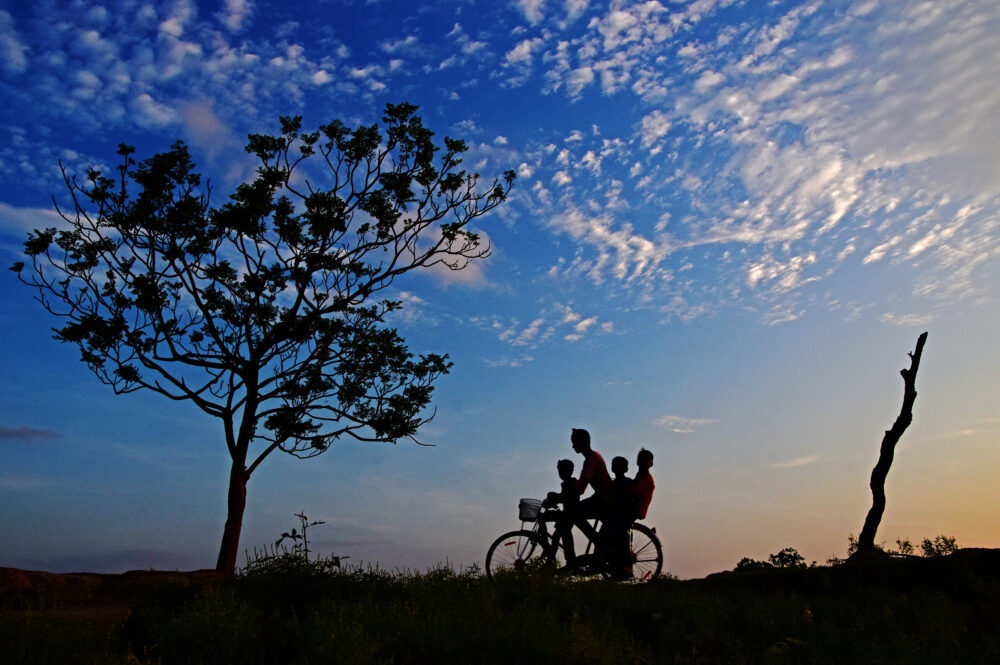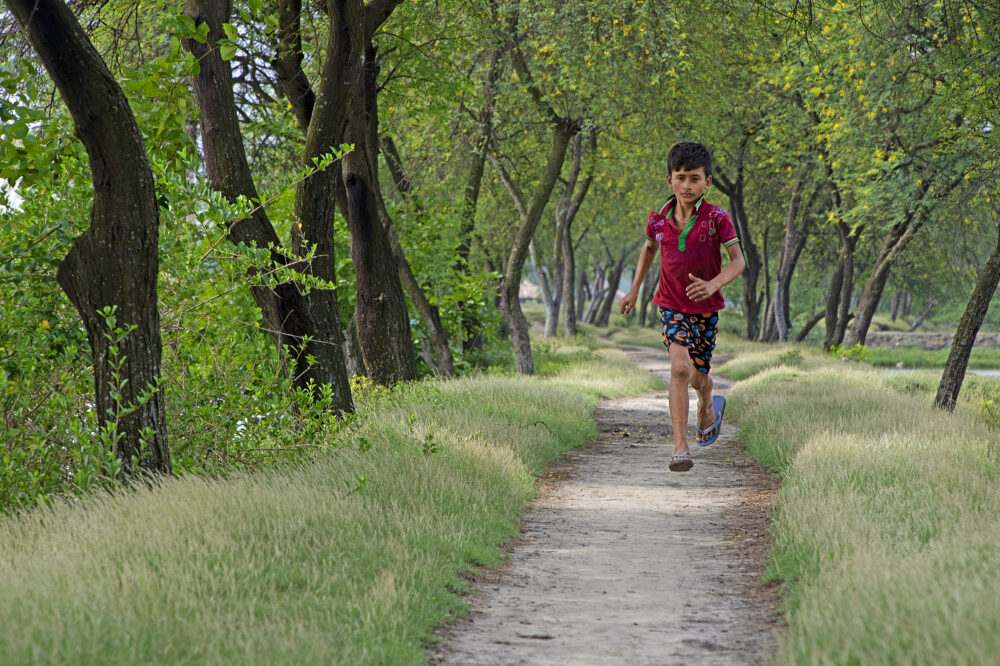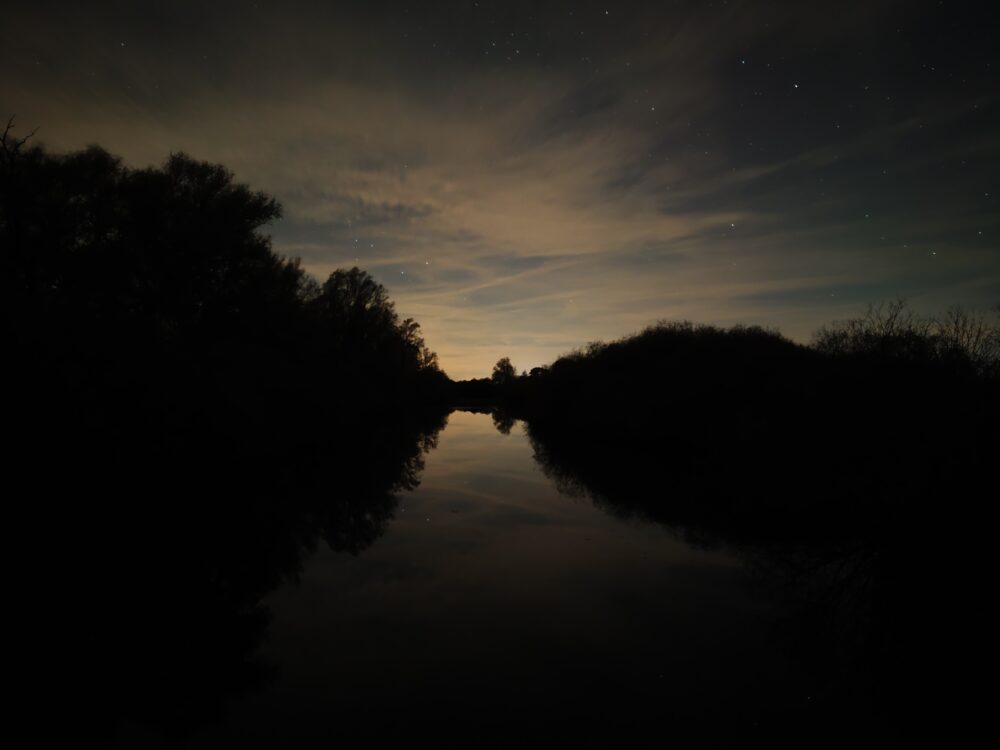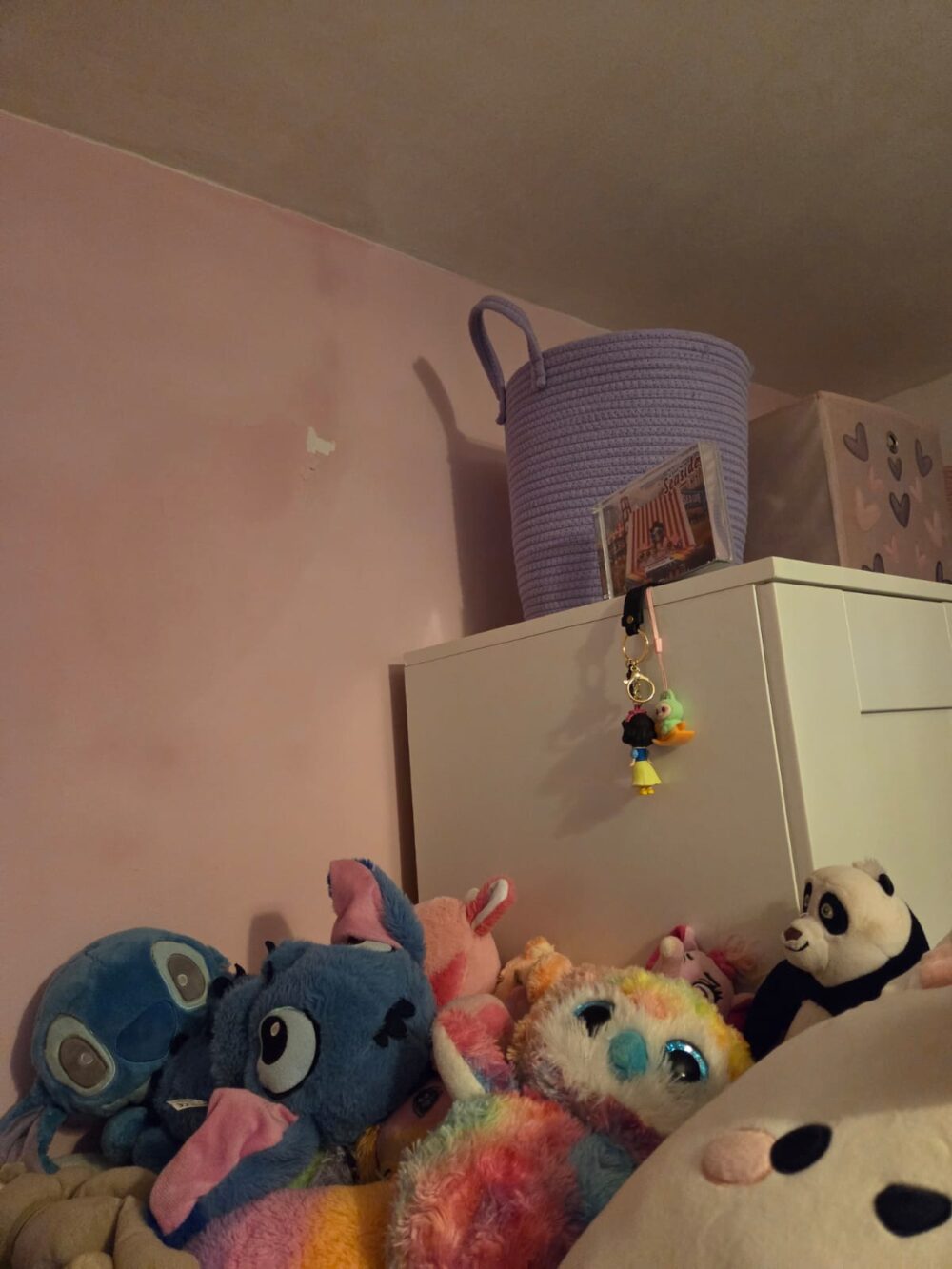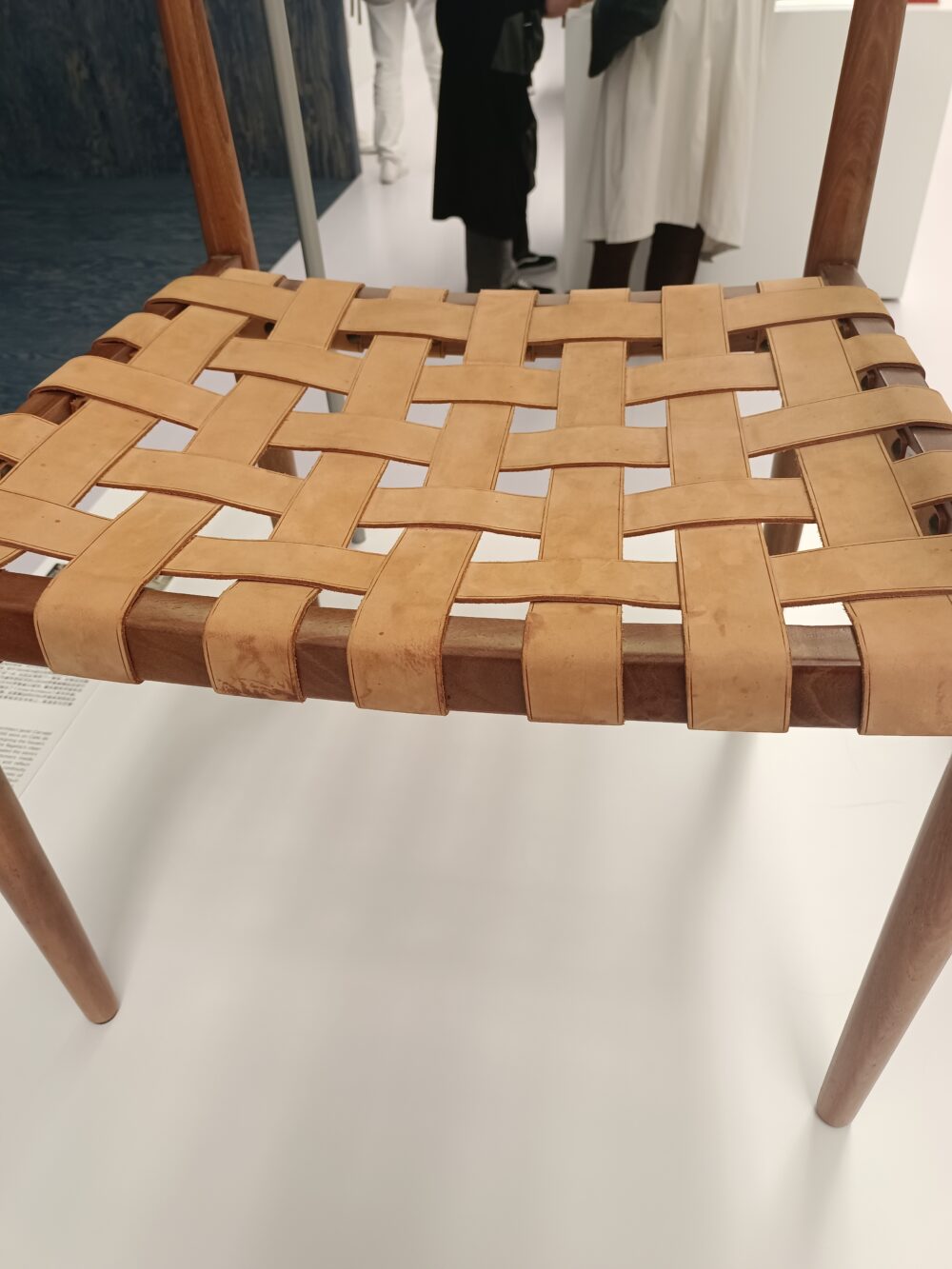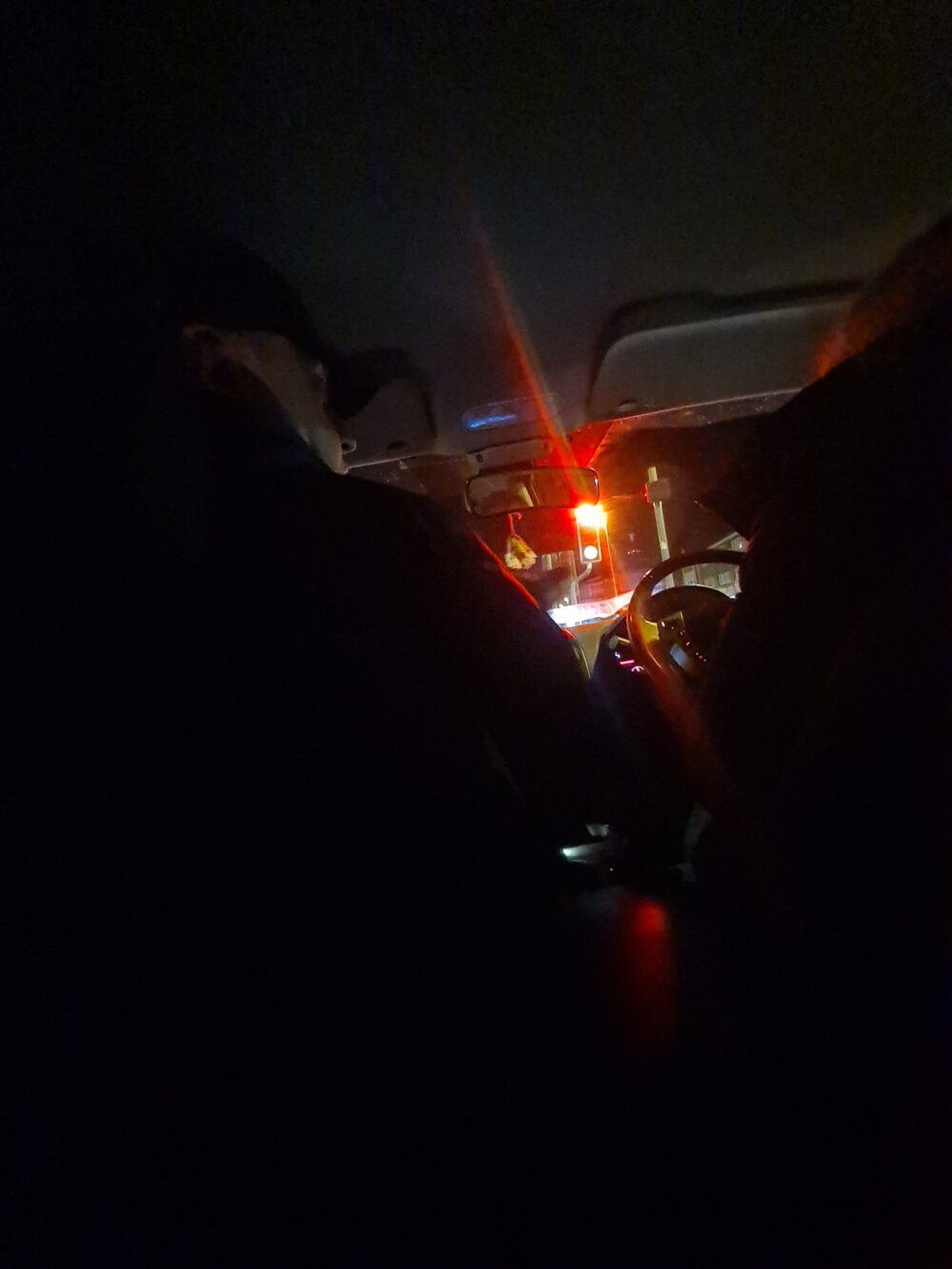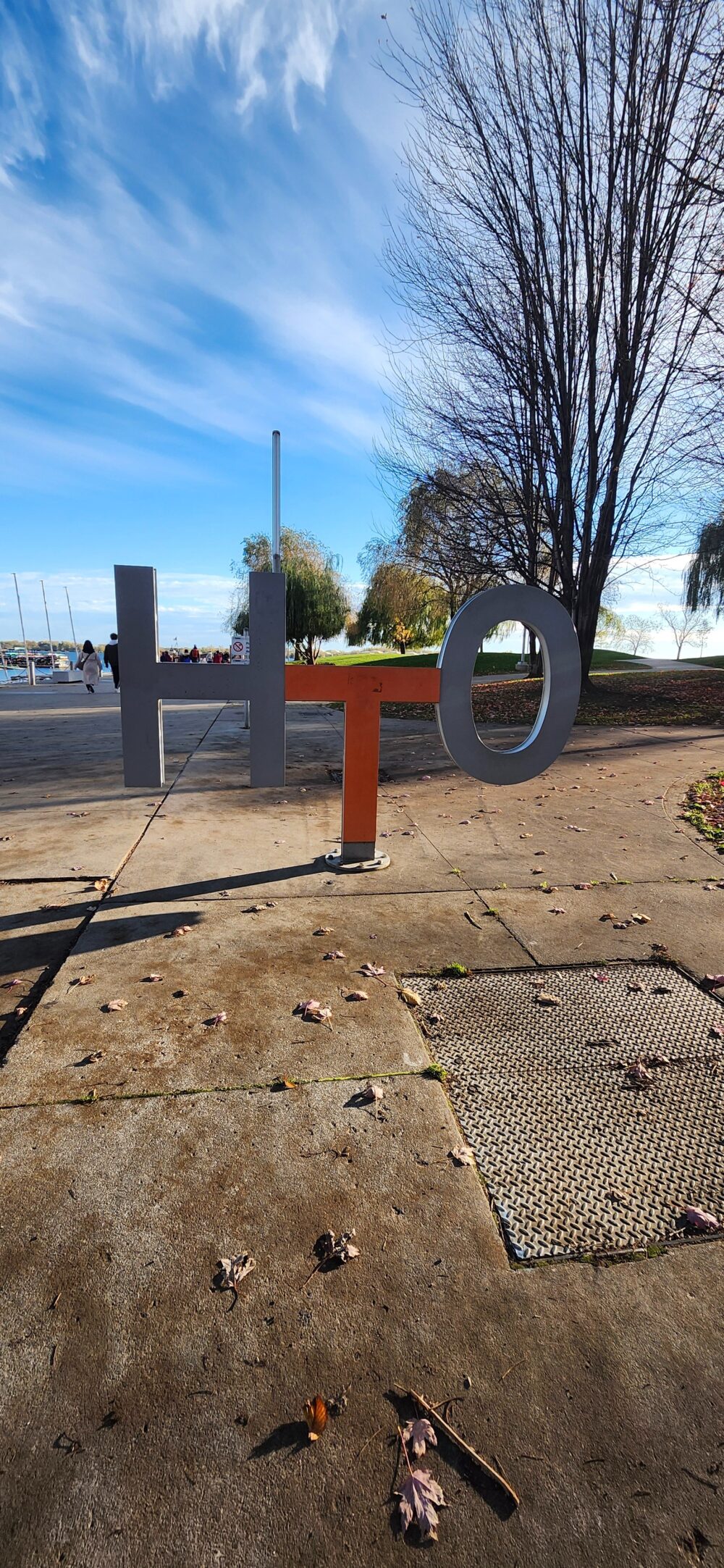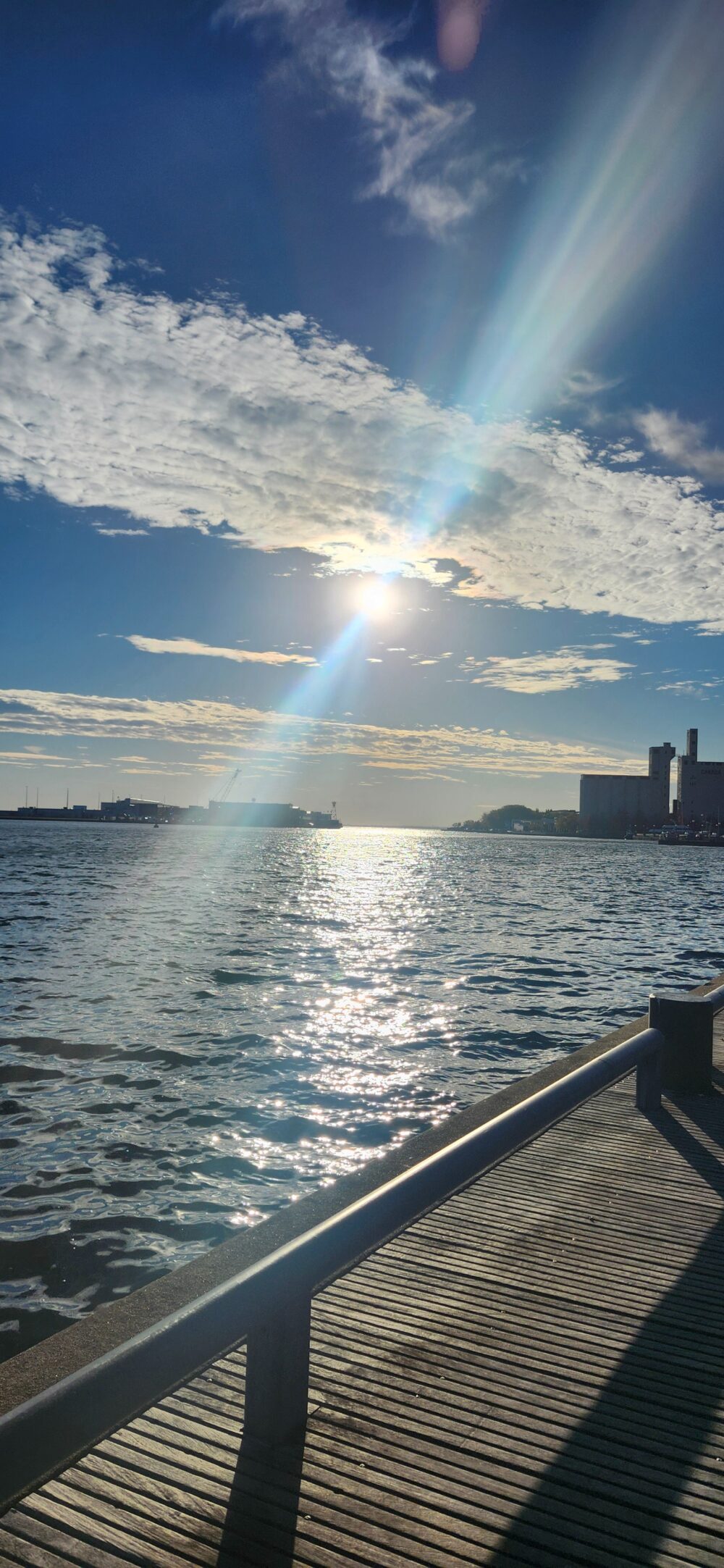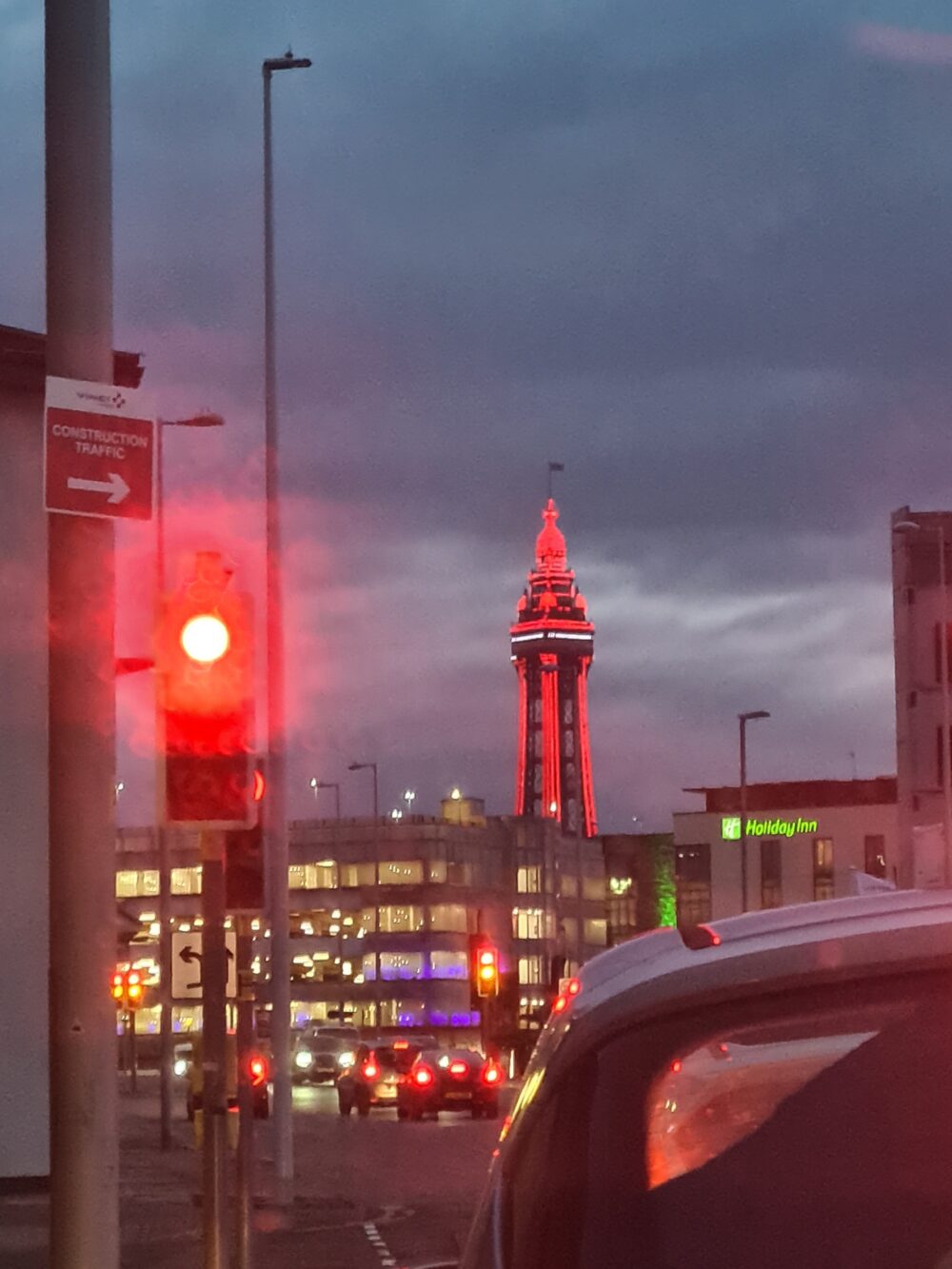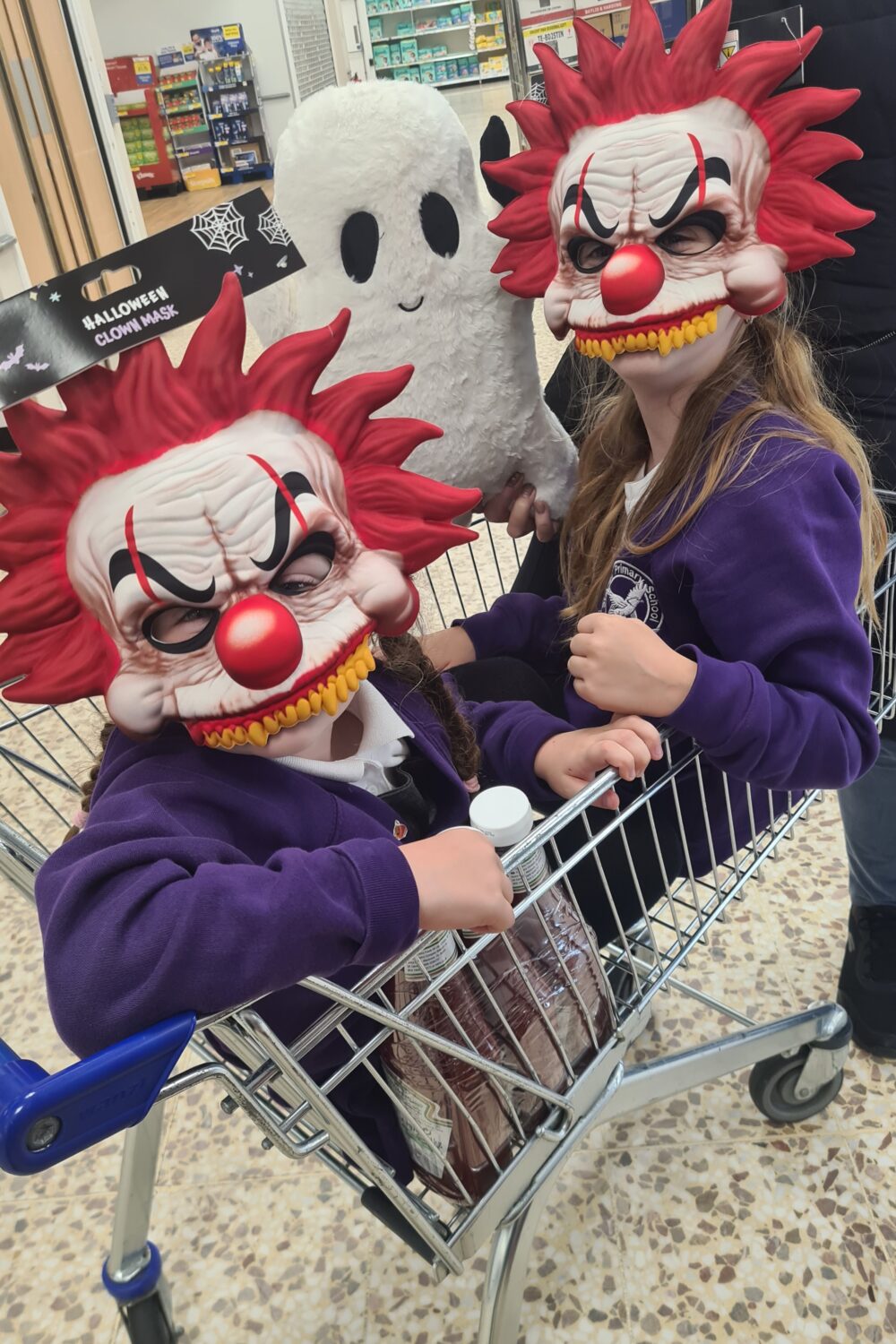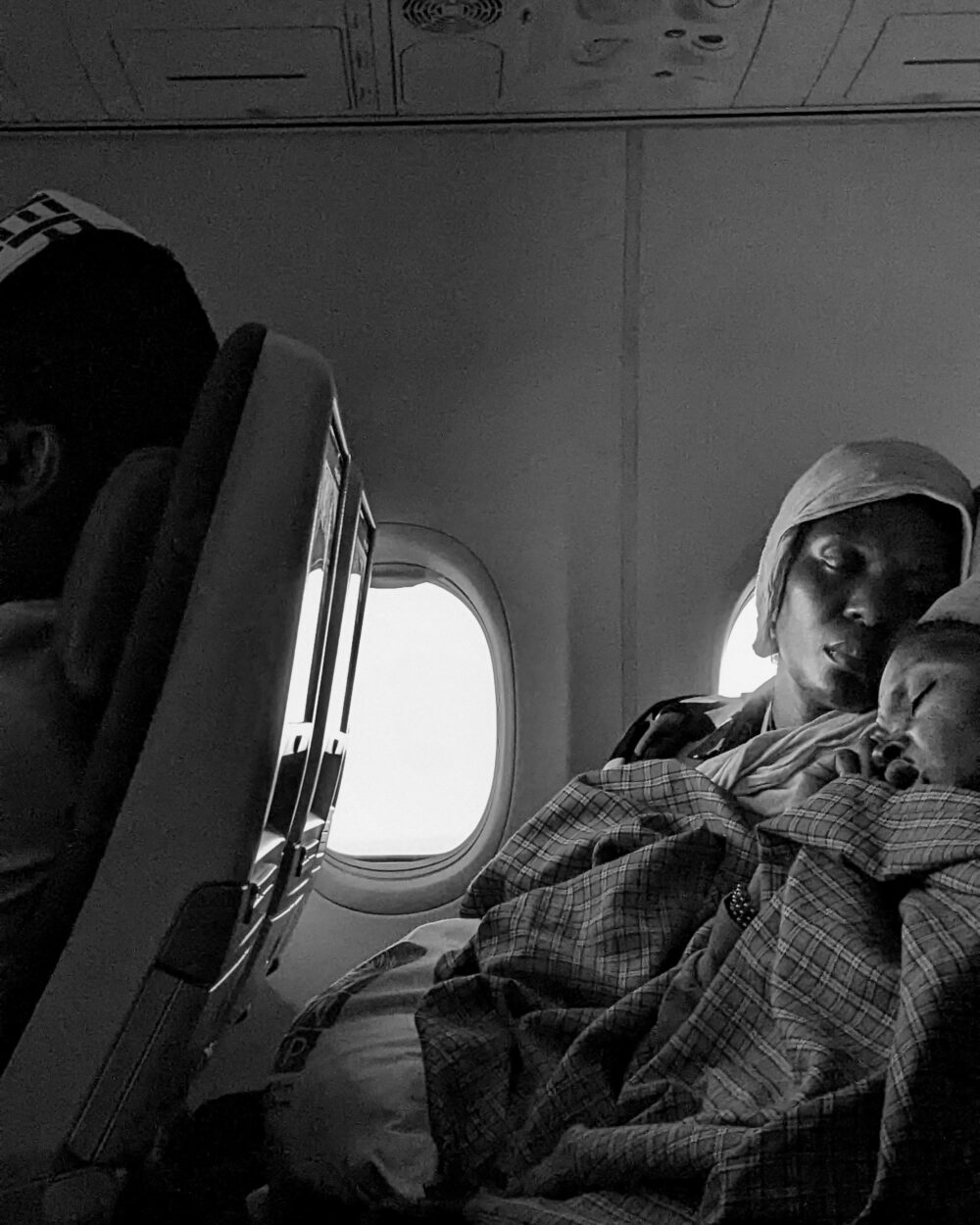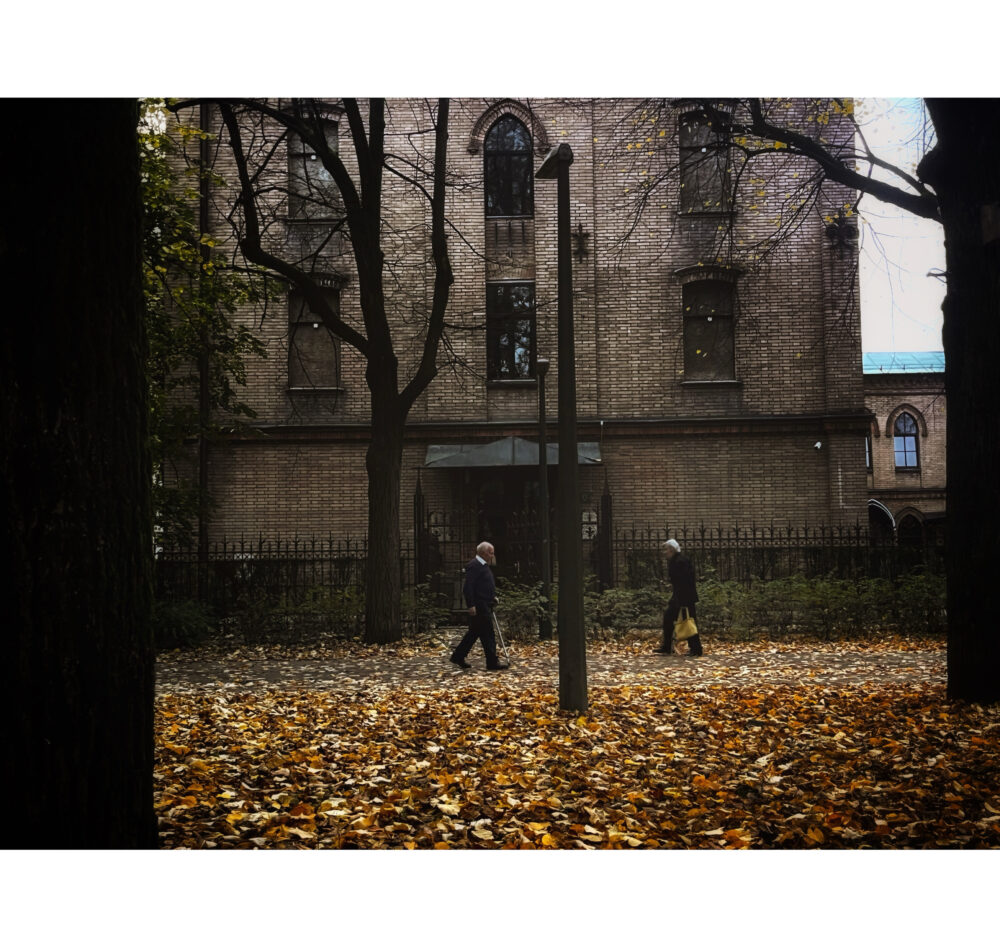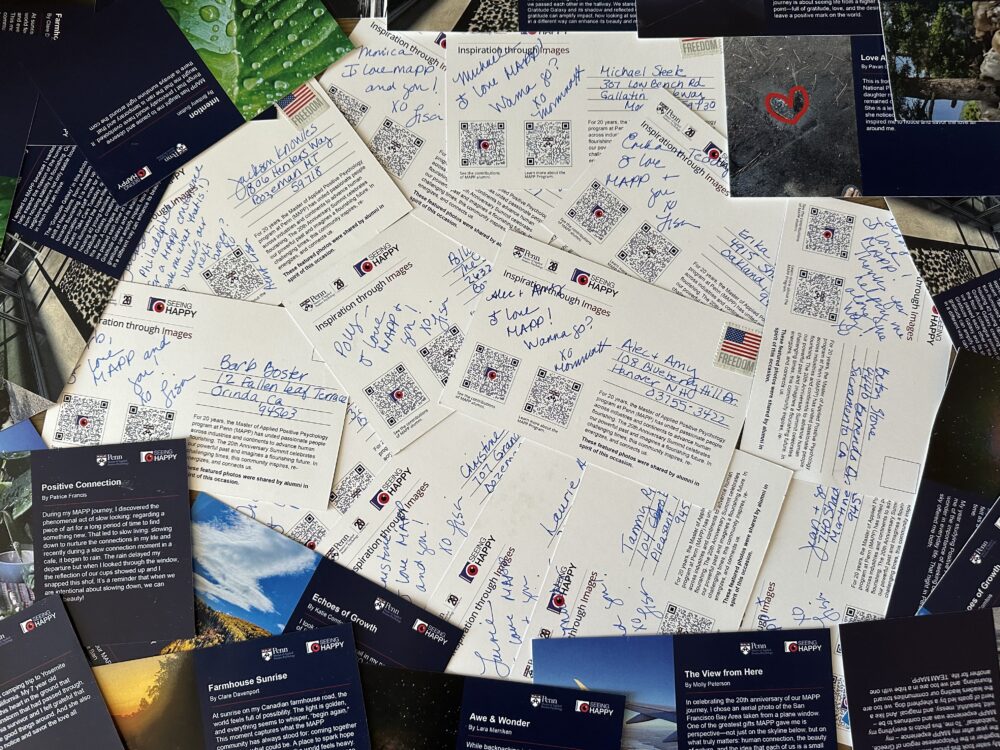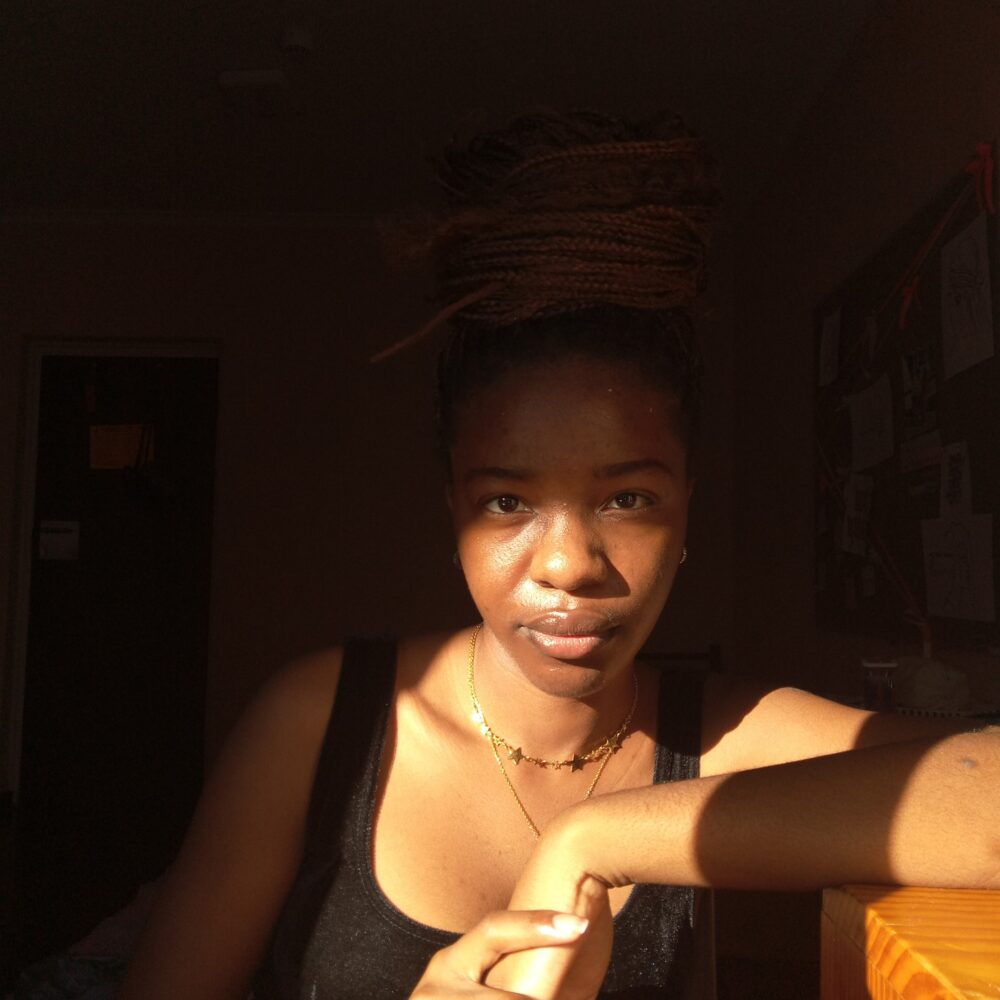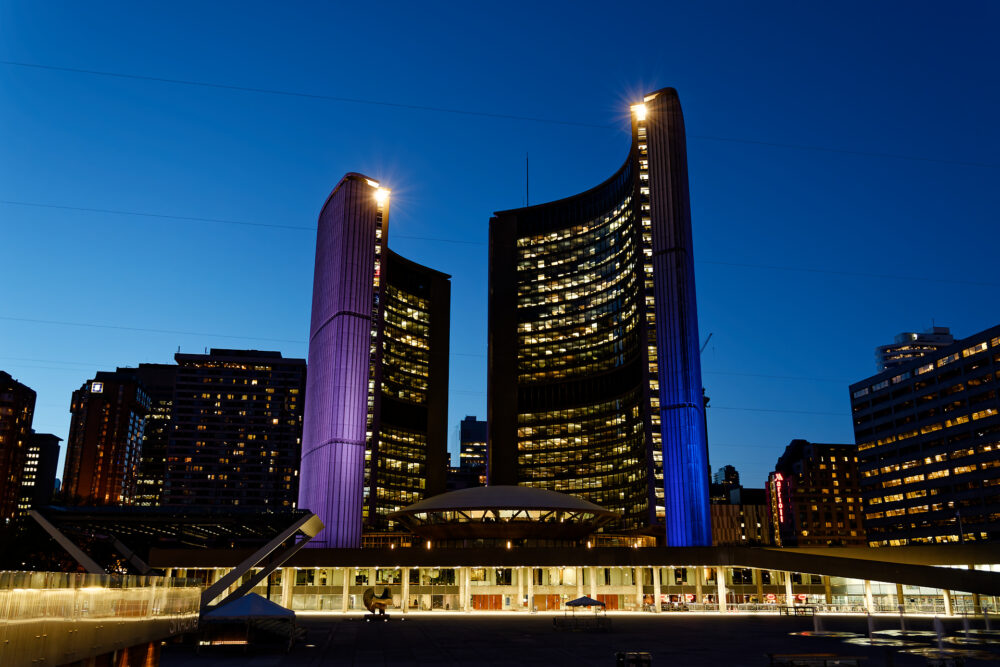Welcome back to my blog. Last week we explored how to create a narrative from an ongoing event. As the photographer, you decide what story you want to tell, and it’s a reflection of who you are.
Paraphrasing the famous saying, “Tell me who your friends are, and I’ll tell you who you are,” I ask you to “Show me what you photograph, and I’ll tell you who you are.”
My blog has focused on what we call street photography, but taking photographs of people on the streets sometimes—unexpectedly—presents us with scenes that we don’t plan for or can anticipate. We, possibly inadvertently, are doing documentary photography.
Is there a difference between street photography and documentary photography? By one description, “Street photography is a genre of photography that records everyday life in a public place. The very publicness of the setting enables the photographer to take candid pictures of strangers. Street photographers do not necessarily have a social purpose in mind, but they prefer to isolate and capture moments which might otherwise go unnoticed.”
In contrast, documentary photographers see themselves as having a social purpose. Some have been very successful and have even helped changed the course of history. Consider the well-known photograph by Nick Ut, “Napalm Girl,” from the Vietnam War. It is claimed that the photograph hastened an end to the war by turning U.S. public opinion against the conflict.

Or consider “Migrant Mother” by Dorothea Lang, which shined a light on the Great Depression’s impact on ordinary citizens. The image of a worried but resilient mother was so powerful, it prompted the government to send 20,000 pounds of food to relieve starvation in a migrant worker camp.

More recently, consider the work by Peter Turnley of Ukrainian refugees. One photo is worth a thousand op-eds describing the horrors of the war. Peter is well known for being in the right place at the right time and for his emotional portraits of people in war zones.

In my view, documentary photography of this type is the result of a “calling.” People attracted to journalism and wanting to make a statement or even change the world need to have it within them and fully dedicate themselves to their craft.
This is not my case. I am street photographer and get drawn more to unexpected scenes, intimate portraits resulting for my interaction with my subjects, humorous scenes, touching moments.
Still, I am socially and politically aware and care about the world and would like to make a difference in my own limited way. Because I live in New York City and travel around the world, I sometimes, inadvertently, encounter situations that I photograph that are outside of my stated goals.
Consider my photo “Essential Voter.” It was selected for a gallery exhibit on “Social Justice” themes. I hope it showed the diversity of New Yorkers and how one cause brings (most of) us together.

Or the very intense protests in the streets of NYC about various causes.

But my inclination is to look for opportunities to show the resilience of the human race. I recently had a gallery exhibit called “Happiness (resilience),” which showed people enjoying life in countries where reality is hard—for example, in Turkey after the attempted coup in 2016 when people were arrested for protesting. In 2015 the U.S. removed some travel restrictions to Cuba, people were hopeful for a while, until the restrictions were re-instated again in 2017; people were not happy about seeing their hopes curtailed once again.
Yet, everywhere I went, I saw people enjoying life and finding ways to be happy in the midst of uncertainty and chaos.
This is what I saw.
Children happily playing in Thailand in 2011 in the midst mass violent protests after a Thaksin-allied party wins elections.

Leading the ceremony.

The grandkids of a firefighter killed on 9/11, who was commemorated on the 20th year anniversary of the attack.
Children playing on the 20th anniversary of the 9/11 attack, during a service commemorating the firefighters (including their grandfather) killed that day.

Cuba in 2017 when the country was again closed to Americans.

And finally, a happy moment when Pride Day returned to New York City, when it looked like the pandemic had passed (before the next Covid wave appeared).

Do we, as photographers, have a social responsibility? It’s a personal choice. I choose to describe resilience, happy moments. What do you want to do with your photography? And, more importantly, who do you want to be as a human being? How do you want to interact with the world?
I choose engagement. What do you choose?
And as always, keep taking pictures.
Signing off—for now,
Alec


